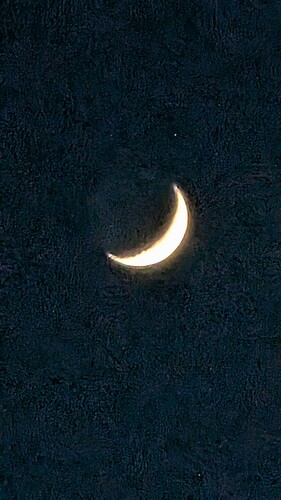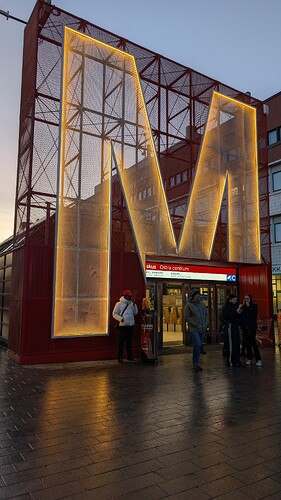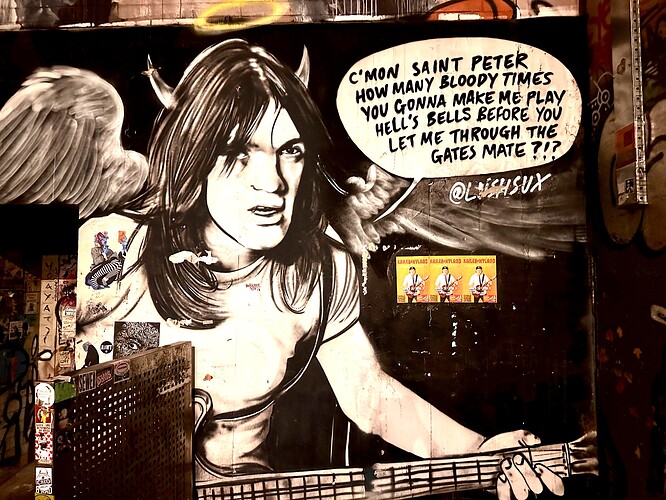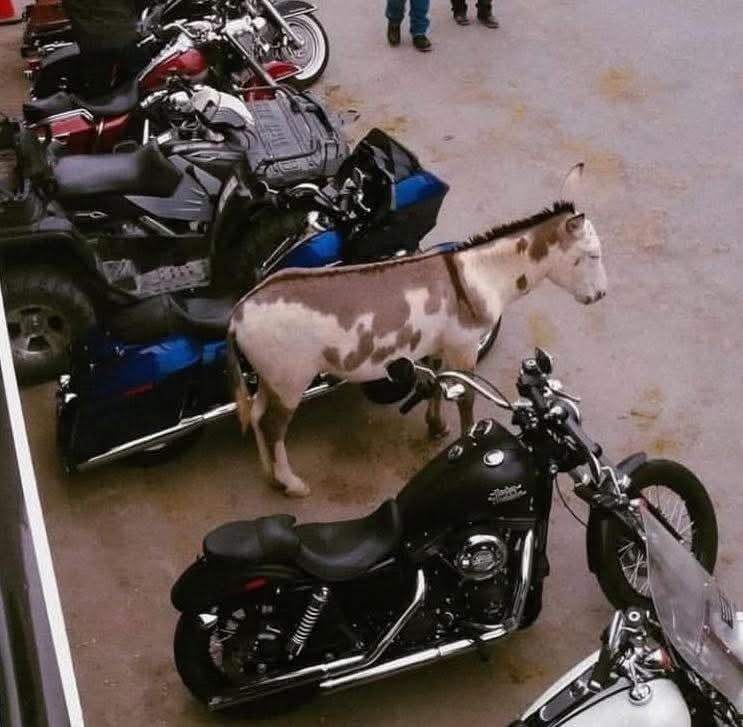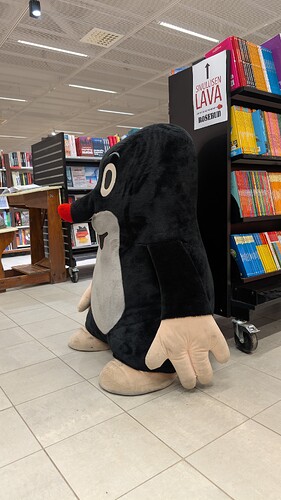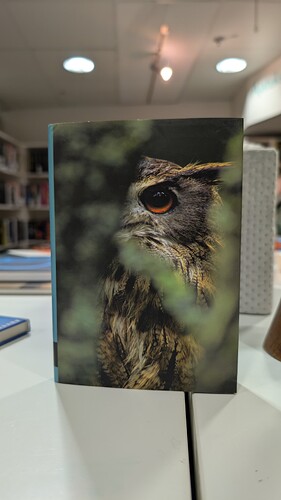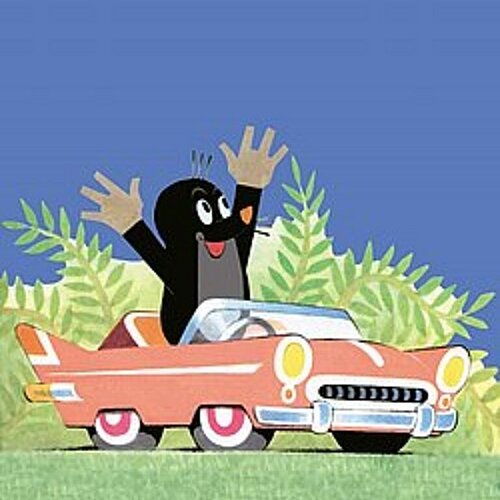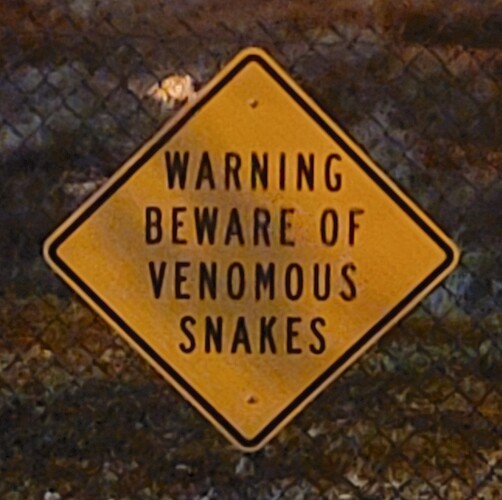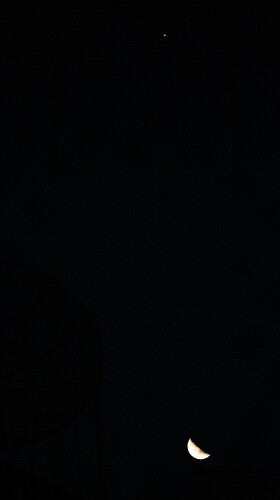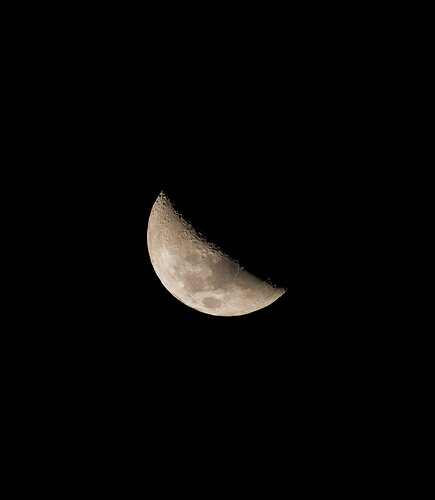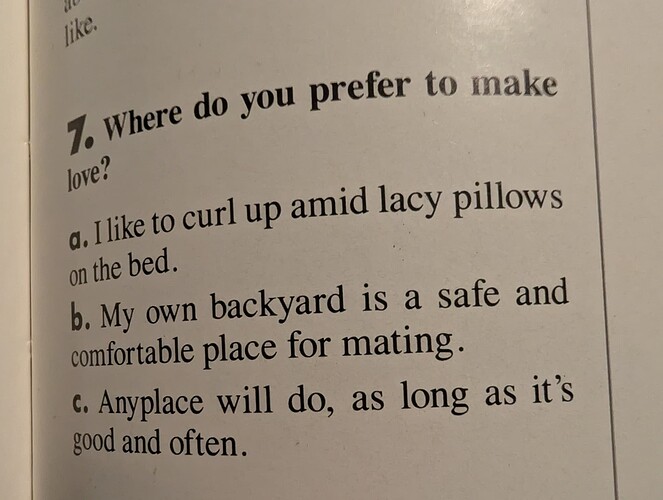Not surprisingly this in AC/DC Lane. Malcolm will make it to heaven eventually, but there’s still a few rounds of “Hell’s Bells” and maybe one or two of “Back in Black”
Oh, It is good. How was the night? Was it cold? We have been in a heatwave since january and we are in a dire need of some rain.
+3°C too warm for the time of year.
A very reliable ride.
Motorcycles don’t like their ears rubbed, either.
We were in Flagstaff AZ a couple of weekends ago and visited the Lowell Observatory. Perfect night for viewing shooting stars and satellites with the naked eye, but the absolute best was viewing Jupiter and three of its moons through one of their many platform telescopes. So tiny but so clear. You could see the latitudinal bands of its outer atmosphere. Another wonder was Sirius. It looked like a dazzling diamond.
(I highly recommend visiting this place. They just opened their brand new visitor center with the rooftop open air planetarium. It has heated theater seats!)
Cool.
I’ve never seen the planets through a telescope. It must have been really beautiful. Although there are three observatories in Rio, I never managed to get there at night.
We’ve been to Flagstaff many times and going to the observatory has always been on my must visit list. It didn’t disappoint. I hope you get a chance to visit one soon. ![]()
I must confess that I have visited observatories here, oh yes, but during the day…
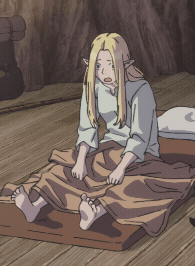
Oh, I left off “at night”—I did see that you wrote
I’ve been to our local observatory, too, but also during the day. Never gone at night because it’s so lit up here. The interesting thing is that Flagstaff is a Dark Sky city, but even on the roof you could see the glow in the sky of Phoenix (145 miles away ![]() ).
).
From Wikipedia:
Dark Sky City
Flagstaff takes one of its nicknames from its designation as the world’s first International Dark Sky City, with deliberate measures to reduce light pollution beginning in 1958[136] supported by the environmentally-aware population and community advocates, government and elected officials, and the assistance of observatories in the area – including the United States Naval Observatory Flagstaff Station and Lowell Observatory.[137][138][139][140]
The city’s designation as an International Dark Sky City was on October 24, 2001, by the International Dark-Sky Association, after a proposal by the Flagstaff Dark Skies Coalition to start the recognition program. It is seen as a world precedent in dark sky preservation.[141] Before this, it had been nicknamed the “Skylight City” in the 1890s, the same decade that the Lowell Observatory was founded.[142] In 1958, it passed Ordinance 400,[136] which outlawed using large or powerful searchlights within city limits. In the 1980s a series of measures were introduced for the city and Coconino County, and the Dark Sky Coalition was founded in 1999 by Chris Luginbuhl and Lance Diskan. Luginbuhl is a former U.S. Naval astronomer,[143] and Diskan had originally moved to Flagstaff from Los Angeles so that his children could grow up able to see stars, saying that “part of being human is looking up at the stars and being awestruck.”[142] It was reported that even though greater restrictions on types of public lighting were introduced in 1989,[144] requiring them all to be low-emission, some public buildings like gas stations hadn’t updated by 2002, after the Dark Sky designation.[145]
Flagstaff and the surrounding area is split into four zones, each permitted different levels of light emissions. The highest restrictions are in south and west Flagstaff (near NAU and its observatory), and at the Naval, Braeside, and Lowell Observatories.[56] Photographs detecting emissions taken in 2017 show that Flagstaff’s light is 14 times less than another Western city of comparable size, Cheyenne, Wyoming, which Luginbuhl described as “even better than [they] might have expected”.[143]
Totally would hire for work. I adore business names that are puns.

